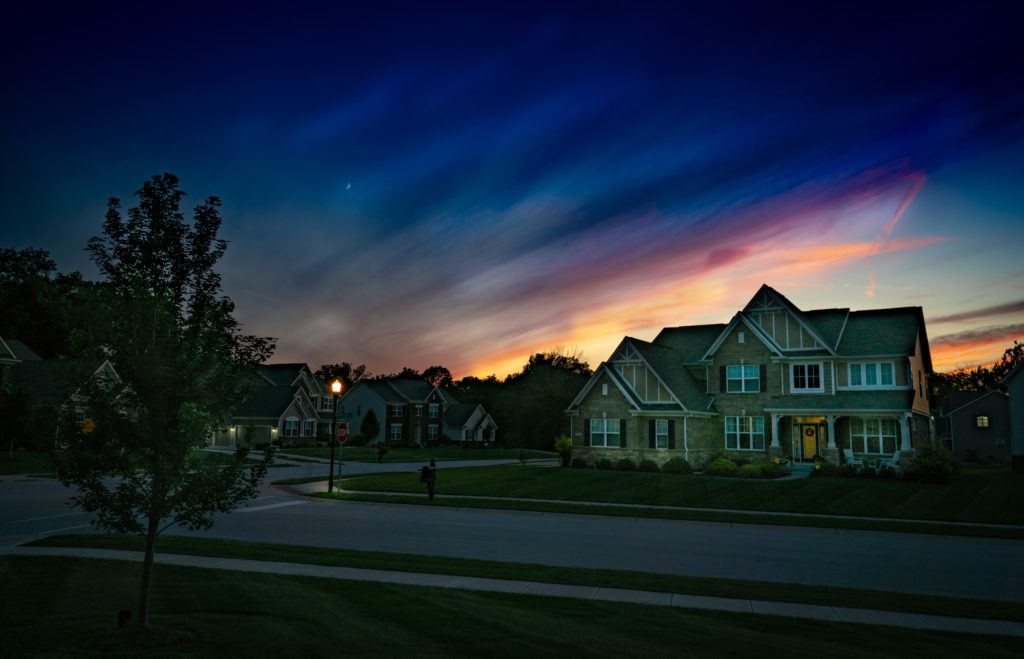I agree with you 100%.But to bring this back to topic, we need legal immigrants if the housing boom does continue. When was the last time you saw a lawn crew, landscaping crew or roofing crew that did not contain people who barely spoke English? They are happy to be here, show up for work, work hard and make a better life for themselves. Can't see how anyone would not want that and continue to grow the economy.
The Comprehensive Immigration Reform Act of 2007, which would have given a path to citizenship to the large majority of illegal entrants in the country, significantly increased legal immigration and increased enforcement. The act, which had bipartisan support in the Senate, was widely unpopular with the American public. As the result of unprecedented public pressure, the bill failed to pass a cloture vote, essentially killing it.
In 2013, a bipartisan group of eight senators known as the “Gang of Eight” drafted a major piece of amnesty legislation entitled the Border Security, Economic Opportunity, and Immigration Modernization Act of 2013 which would have provided a path to citizenship for the approximately 11 million illegal aliens in the country, including the DACA recipients. The bill sought to drastically increase the size of visa programs, including lifting the high-skilled H-1B visa cap to from 65,000 to as high as 180,000 per year, depending upon demand, and creating a new W-visa for an additional 200,000 low-skilled workers. In exchange, the bill promised increased border security and mandatory E-Verify for all employers. Despite passing the Senate 68-32, the bill saw significant grassroots resistance, was not considered by the House, and died in the 113th Congress.
Source:

Historical Overview of Immigration Policy
Immigration has played an important role in American history, and the United States continues to have the most open immigration policy in the world.
 cis.org
cis.org




